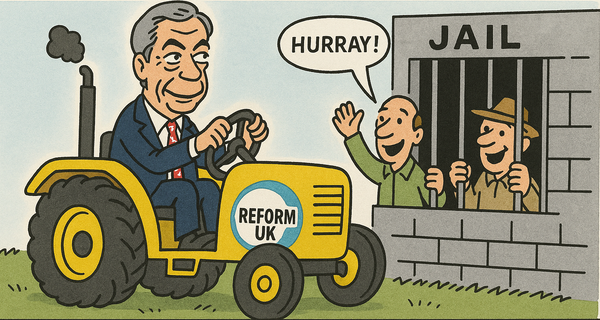New journalism formats for the climate crisis
Getting journalism to those who need to read it is vital to addressing climate change. Here’s three solutions presented at the News Impact Summit in Birmingham.
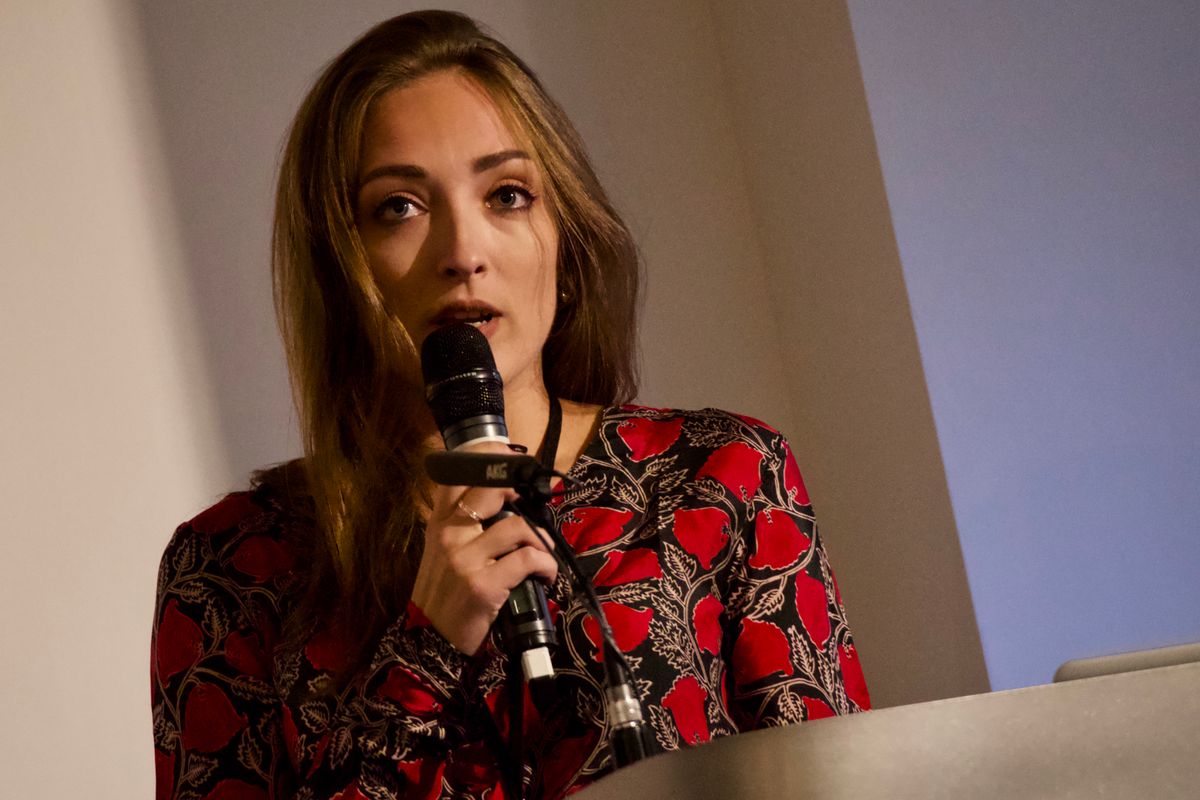
Getting vital reporting out to communities worldwide is central to addressing the climate crisis. Three final short talks at the News Impact Summit in Birmingham addressed the ways different news organisations are getting their reporting to the people who need to read it.
Warning: Liveblogging. Prone to error, inaccuracy and howling crimes against grammar and syntax. Post will be corrected and updated over the next few days.
VR & Climate Justice
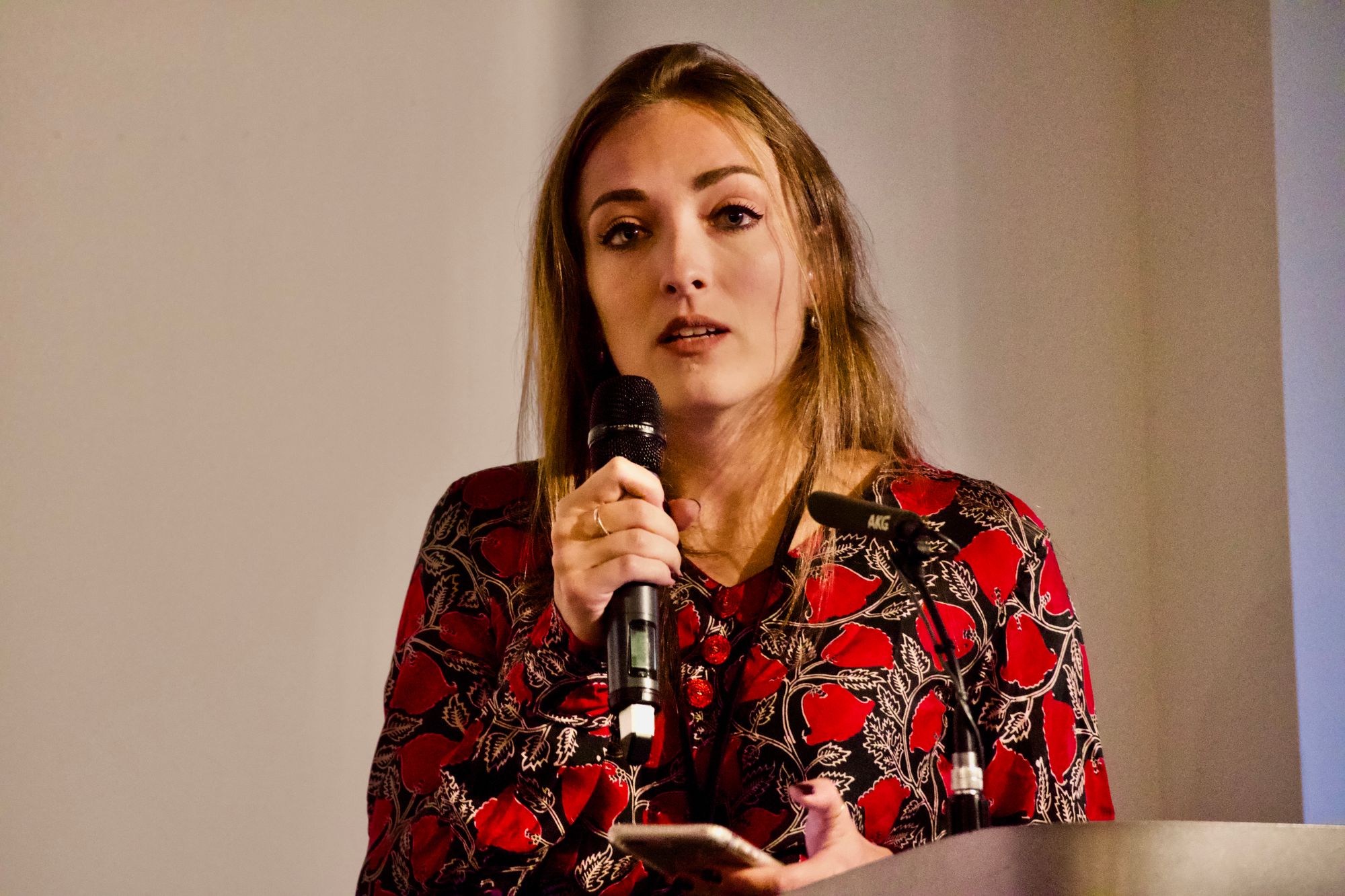
Viktorija Mickute is a Lithuanian journalist, currently working as a senior producer at Al Jazeera Contrast, an immersive media studio at Al Jazeera Digital.
The biggest problems of climate change reporting are scale and proximity. Less than half of American believe that it will affect them personally, for example. we also tend to use data and facts - which can be difficult for people to grasp. We’re also going through a phase where emotions after to people more than facts. And then there’s sensationalism.
Yet, people only hear about climate change about once a month. That’s not enough. people say that’s no enough. This is what AJ Contrast is working on.
Could they tell a story in VR that was compelling? She found a story in Morocco near the Algerian border. She went to M’hamid El Ghizlane to create a nuanced, visual story incorporating migration, employment and environmental issues. Oh, and that needs to be too in 6 minutes, because that was the time limit on the VR experience.
The end result is a 360 video, best viewed through a VR headset. It transports you virtually into the desert, so you can experience the disappearance of the palm trees. It allows us to document the space and the location, and then immerse people in it. She did a similar story in Malaysia, about deforestation.
Seeing the changes is so much more impactful than just reading about them. We can bring the story to people’s homes, that they can’t travel to see. It stops it being a hypothetical story, and makes it real to them.
For all the power, though, it makes life harder for the journalist. You’re working with a lot of constraints.
1. Translate data and science into a compelling and simple language
Many direct quotes from researchers are inaccessible to the lay person. Finding a supportive person in the science world that can translate complex ideas is vital.
2. Community First
Find local people who can tell the story for you. Use local fixers if you need to. Spend time with locals, learning about them and from them. The experts aren’t the scientists and camera operators - they’re the people on the ground.
3. Solution-based approach
Don’t just focus on the problems - tell how people are solving it.
4. Tell the story beyond VR
If you want the story to reach as many people as possible, you need to move beyond the VR experience. Have a cross-platforms approach, telling stories on social media as if they were stand-alone pieces.
For example, they do “ask experts” threads on Twitter, and Instagram Stories.
Immersing the audience with storytelling
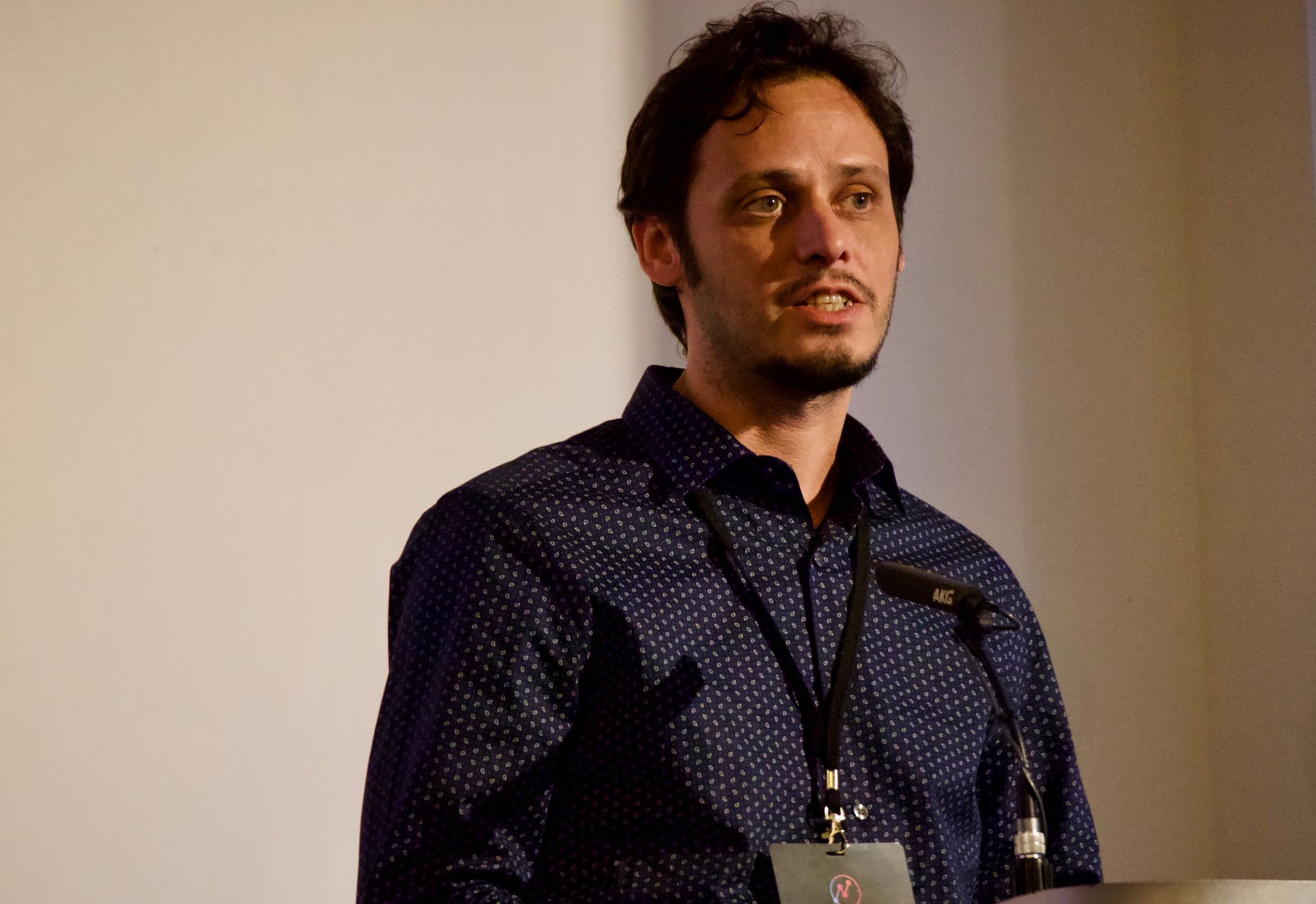
Juan Heilborn is co-founder and visual editor at El Surtidor, an independent media outlet from Paraguay known for its compelling reporting combined with visual graphics.
Paraguay is a country where cows flay and schools fall down. The government is very proud of the fact they export cows by air, but in the same country, two school roofs fall in a month. This is a result fo extreme inequality - and that applies to the media as well. There are a small number of big media organisations - and they are not reaching young people.
So, they launched to reach them three years ago. Sometimes something as simple as jpg file can be a story. But we live in an attention poor world. We pend a lot of time on the web - but a look of that is looking at cats… Why?
Every person is driven by curiosity
They’ve been experimenting with how to get messages across using images that appeal to young people.
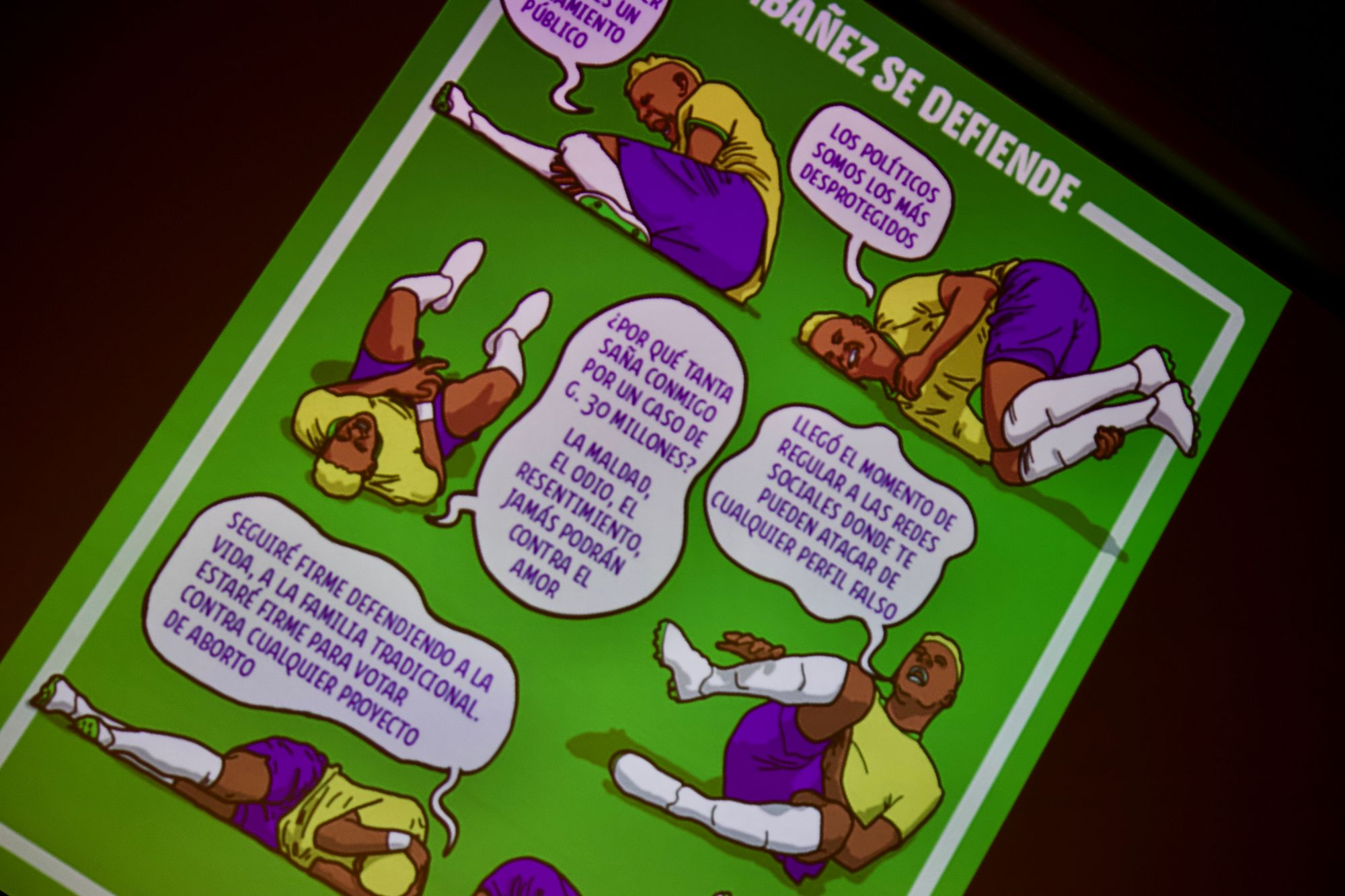
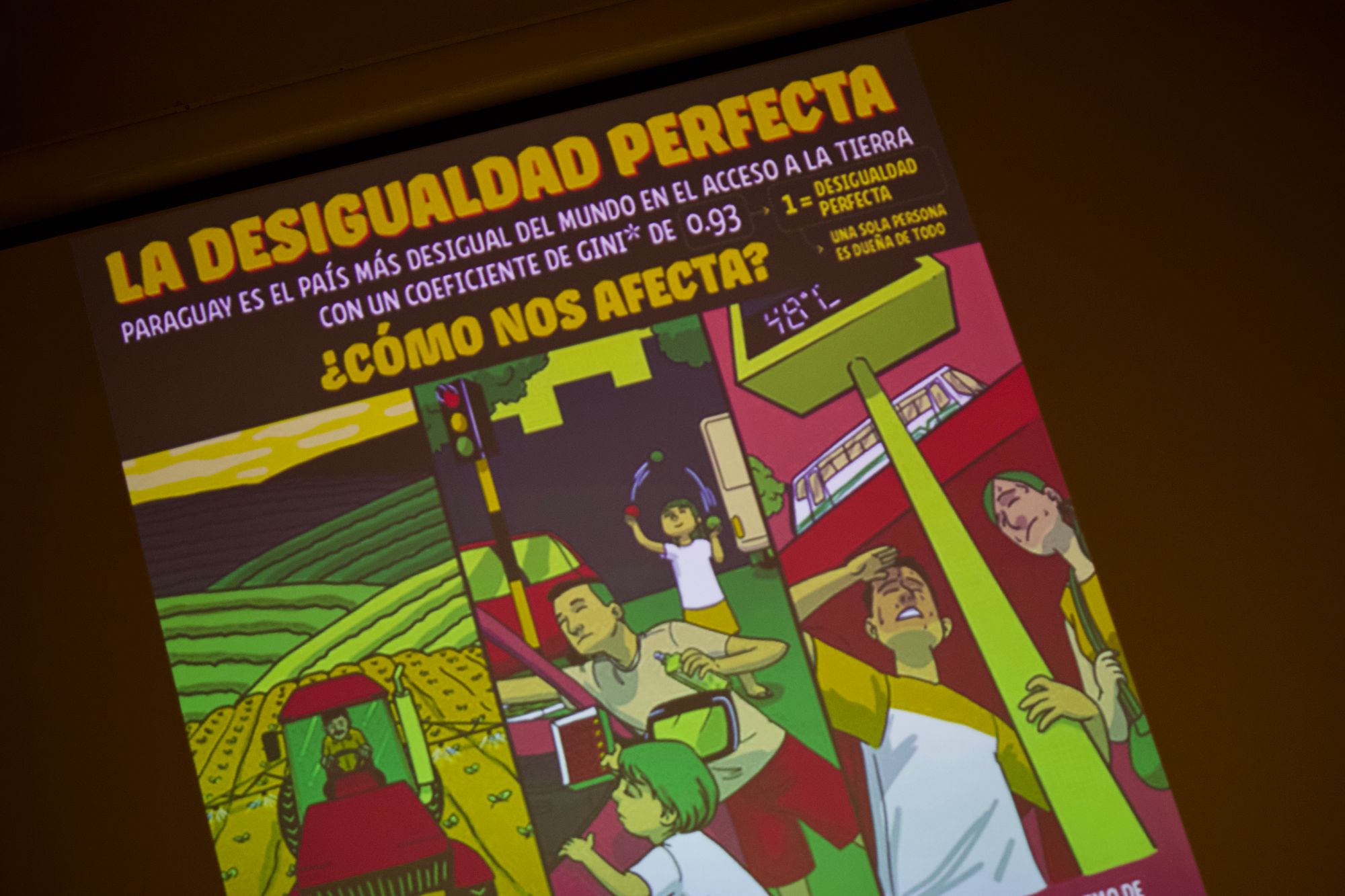
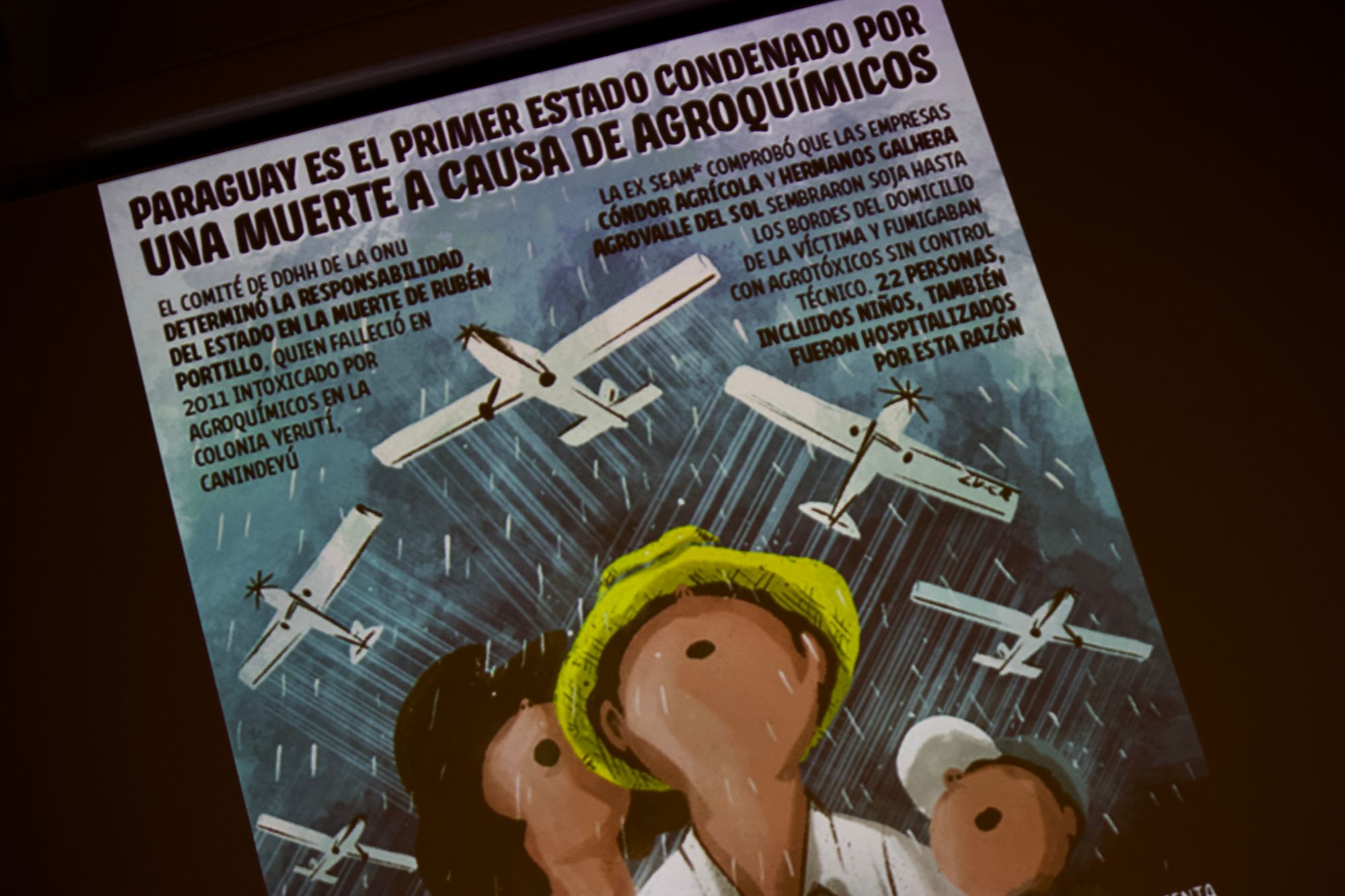
But there’s an urgency towards depth, too. More complex issues demand it. But inequality extends to the internet, too. They had to build a storytelling style, designed for the mobile swiping, data-constrained generation. Young people are vert restricted in their data caps. You can see the results for yourself — and they won a prestigious Spanish language journalism award for it.
They use a mix of anonymous and relational metrics to access their success.
#NISBHX Important emphasis on relational #metrics by @juanheilborn: "How many people do we know? What kind of communities do our followers belong to? What do we do to serve the specific needs of those communities?" (following @jeffjarvis: https://t.co/v5HZyMJcqe)
— Paul Bradshaw (@paulbradshaw) October 7, 2019
The claim the crisis is a political crisis. We all bear some responsibility - but ether are some people who are very powerful and bear much more responsibility - and now they’re trying to put their names on the public stage.
A magazine on how to avoid climate breakdown
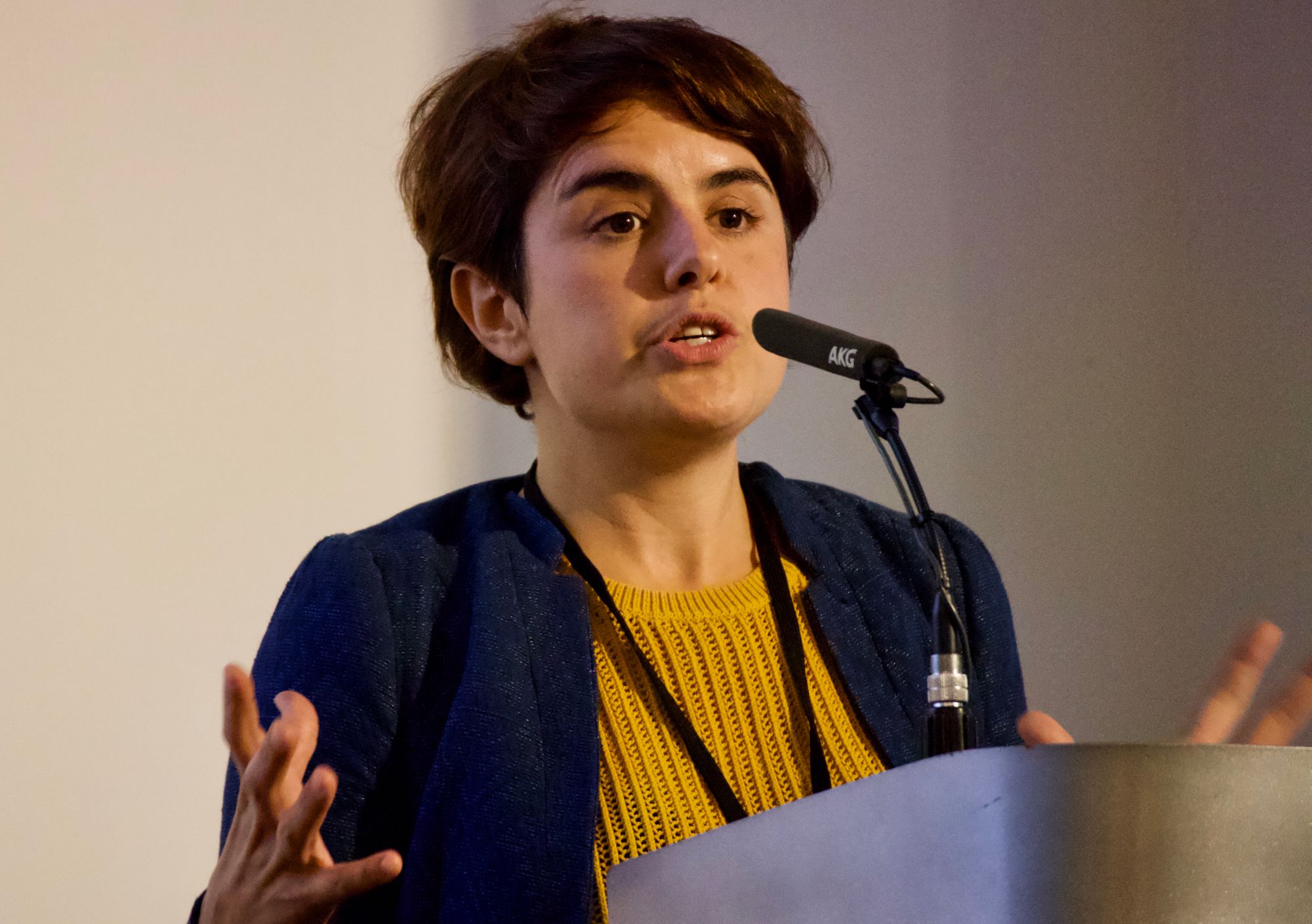
Hazel is a co-editor at the award-winning New Internationalist magazine.
One of their reader-owners pointed out that they were over-whelmed with information about the problems of climate change - but very few solutions. Could we build a magazine that assembled the tools for dealing with the climate crisis. Their are powerful psychological barriers to action on this issue to be overcome.
How do you make it interesting? How do you make it fresh? How do you make it positive without being boring?
The solution they found was an image of disaster coupled with positive cover lines.
Without a bit of catastrophe and danger, you don’t grab people’s attention - but balance it with positive headlines, @hazel_healy said of New Internationalist. #NISBHX pic.twitter.com/t5wxfRxrvo
— Amanda Loviza (@amandaloviza) October 7, 2019
New Internationalist has tended towards the moral arguments - this was an attempt to find positive solutions. They took advantage of the talks climate scientist were giving in Oxford to find quotable moments, talked to engineers and market analysts.
They articulated these as a set of steps, and provided links to more information. They commissioned a blueprint from Information Is Beautiful, that showed people technically how we could get to zero emissions by 2050 - and halving emissions by 2030.
The inevitable listicle gave people steps for reducing their own carbon footprint. It’s not enough on its own - but people want to do everything they can.
They curated conversation between activists worldwide, and commissioned a piece of long-form journalism. nd one of the co-owners volunteered to fund a climate roadshow based on the content of the magazine. Attendees reported feeling optimistic and energised - and connections made in those events are being built on now.


